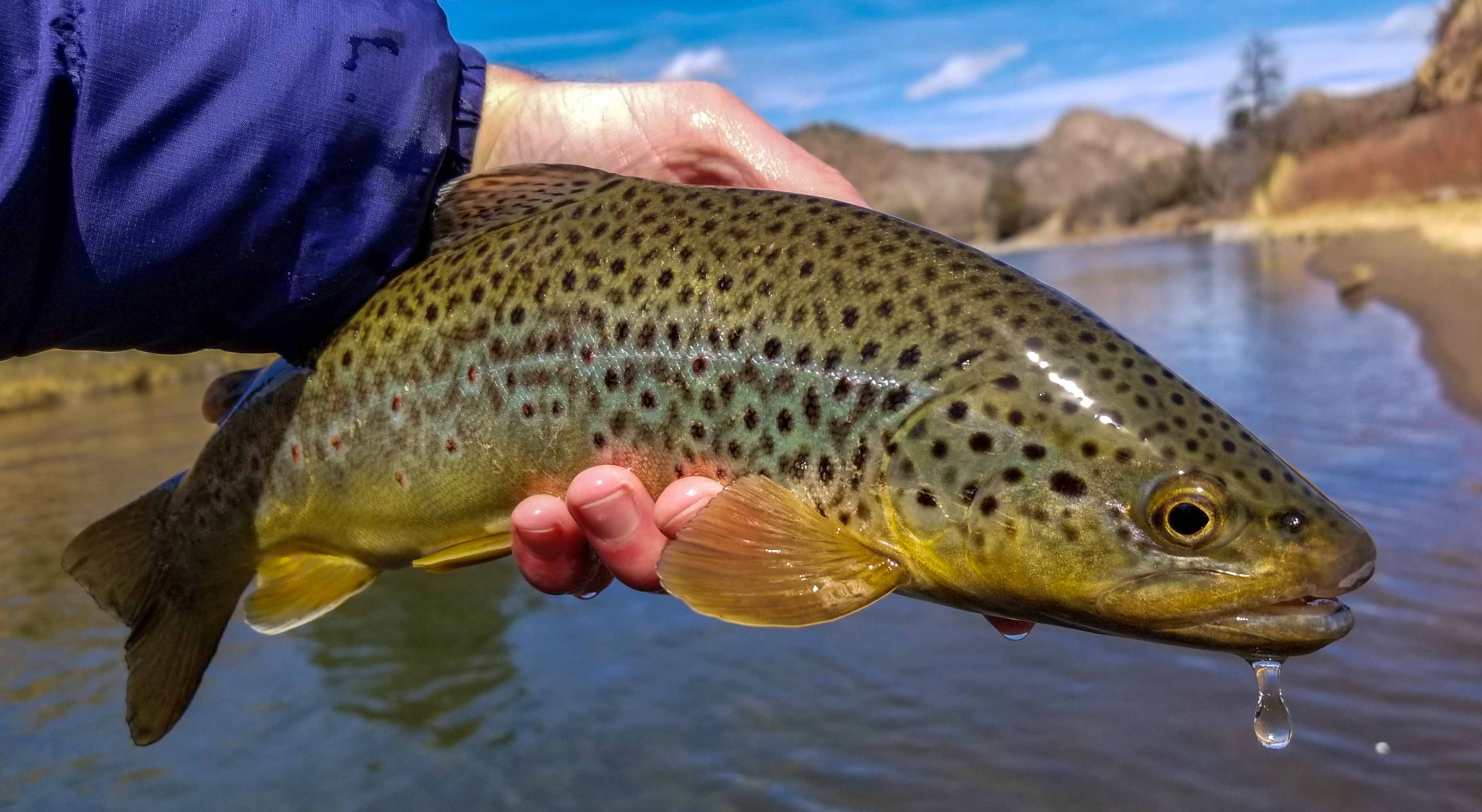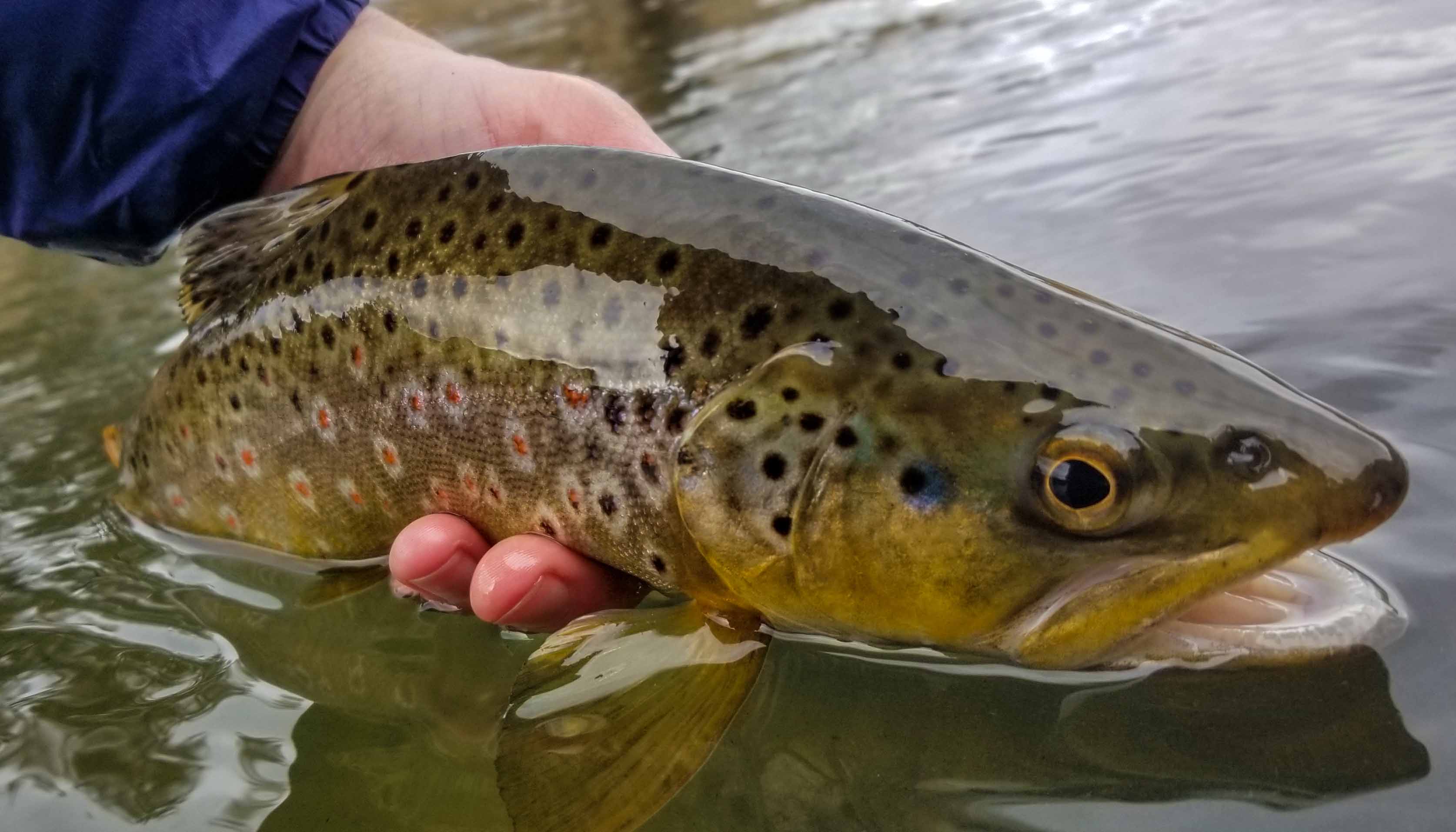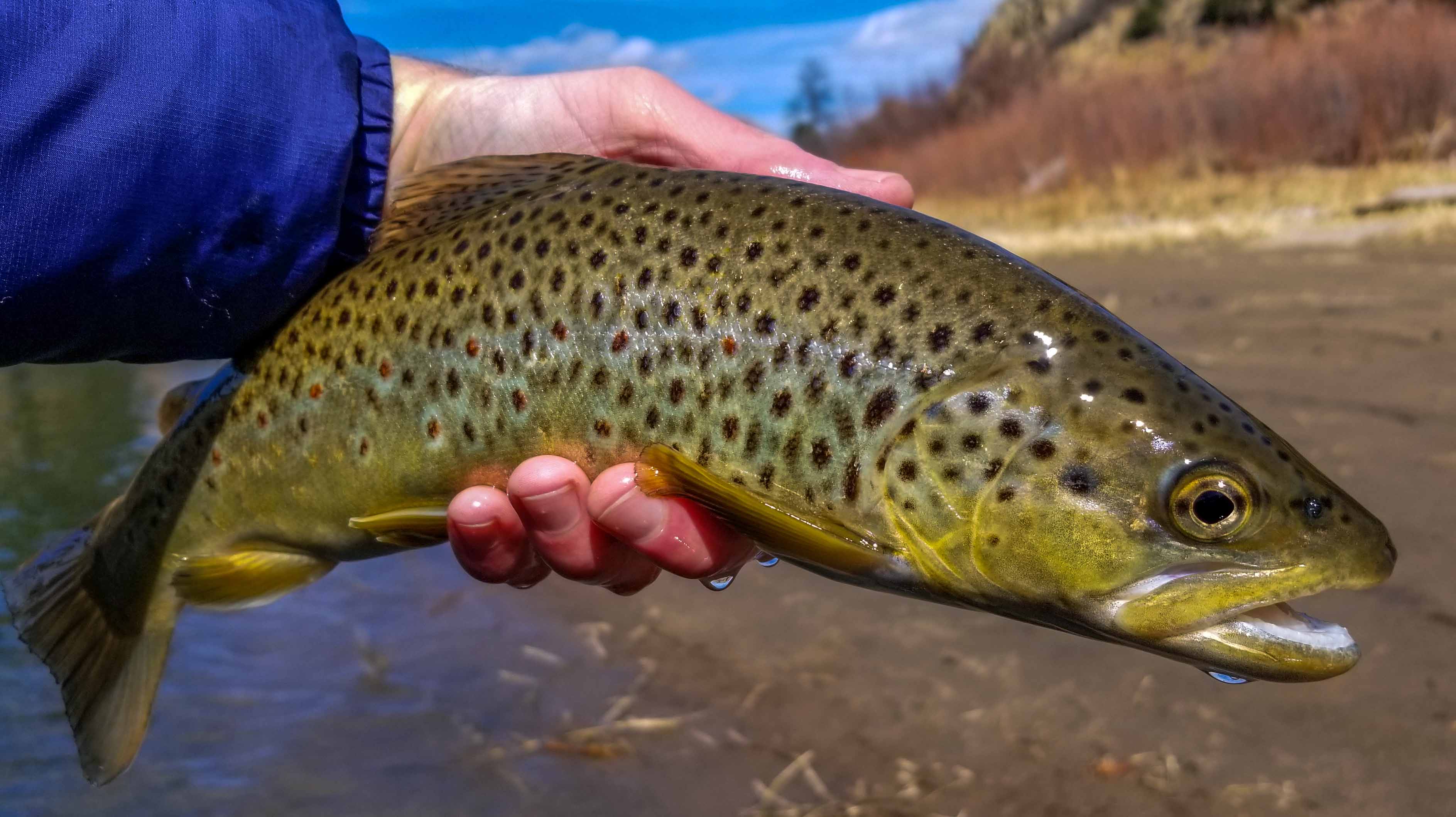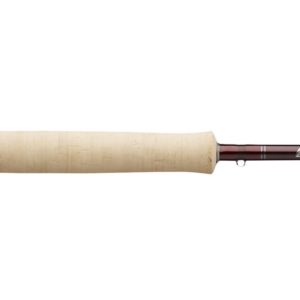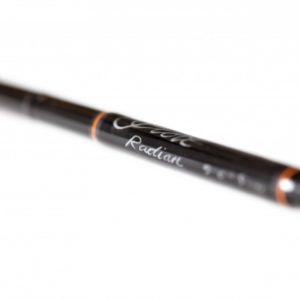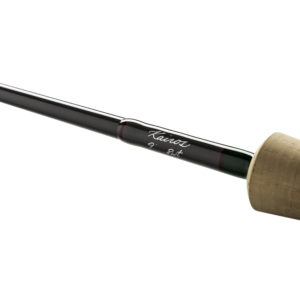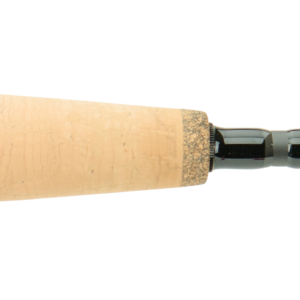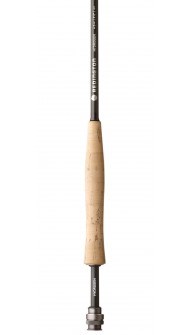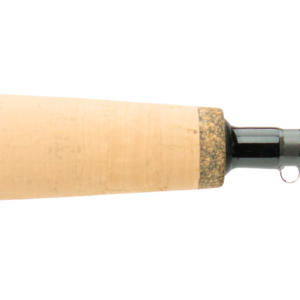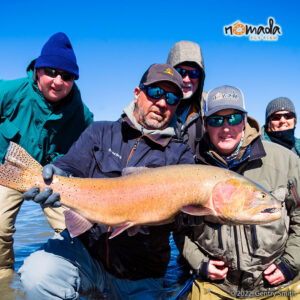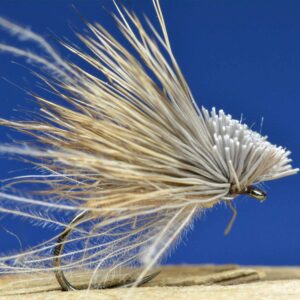HIGH WATER TACTICS
It goes without saying that it has been a strange year for weather here in Arizona, and throughout the west in general. I sit here writing this post just hours after canceling an out of state trip due to continued snow fall and cold weather, and it has me looking to the future and wondering just how long this phenomenon will last. With many folks that already have scheduled their vacations well in advance and no room for change, you might find yourself faced with fishing fast and high water conditions. Don’t fret my friends as this can be a good thing. Many of the largest trout are caught during run-off and high water, you just have to know how to find them. Here are a few tips to improve your success rate.
#1 Work The Banks
Fish don’t like to expend more energy than they have to. Their main goal is to feed and breed, and when there is a lot of water pushing through an area they are going to look for the slower current to hang out in. A lot of time this is going to take place right along the river banks and even more so around boulders, logs, jams, and bends where you can see water swirling around.
Try casting a streamer pattern upstream parallel to the shoreline where there is structure for a fish to hold in, or where you can see a change in the current like a bend in the river. Retrieve the fly back to you quickly, cast 2-3 more times, take a few steps and cast again using the same technique. If nothing found, fish the next spot that has structure or a change in water speed.
If the water is murky and off color, try fishing a dark colored streamer first like blacks and dark browns. Another great color to try is something with purple in it, as that color is apparently high on a fishes spectrum, and tends to gain their attention.
You can also use another technique where you quarter your cast downstream and let your fly swing into a holding area (as if a smaller fish was escaping fast water to take refuge in the slower moving water along the shore) and strip your fly back up stream. A technique that has worked well for me on occasions, is letting a streamer sit right in front of a log jam or set of large boulders, and strip the fly up a few times and let it float back down stream. I’ve had some vicious takes using this method, but be careful as it is easy for a larger fish to turn and break you off on the structure.
Check out the streamer master Kelly Galloup fishing some high water.
Streamer Rods
Below is a tiger trout I picked up while hanging a streamer in front of a log jam in late spring during a light rain.

#2 Work The Deep Water
Below that fast moving water, near the bottom of the stream usually lies some slower moving water where fish can hold without expending too much energy as well. In this instance we’re trying to get the flies down as fast as possible, and bounce them along the river bottom where the fish are holding. To do this effectively we are going to be using a european or tactical nymphing technique using 2 different flies.
To learn about this fishing technique, Lance Egan puts on a great clinic in this video below. It is nearly 1.5 hours long, but it is filled with great information pertaining to fly fishing in general, and if you truly want to try and understand this technique, it is important to understand it fully.
And don’t forget, we have a great selection on low, moderate and high end nymphing rods discussed within the video to get you into the tactical nymphing game.
Lance Egan Tactical Nymphing Clinic
Nymphing Rods
Consider picking up one of the suggested rods in a 10 foot configuration when nymphing rivers as apposed to streams like the ones we have here in AZ. For smaller AZ streams a 9 foot rod may be your best bet.
Below are some browns I took while euro/tactical nymphing last spring in Colorado.
